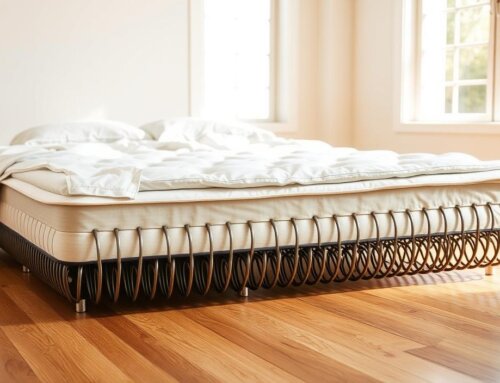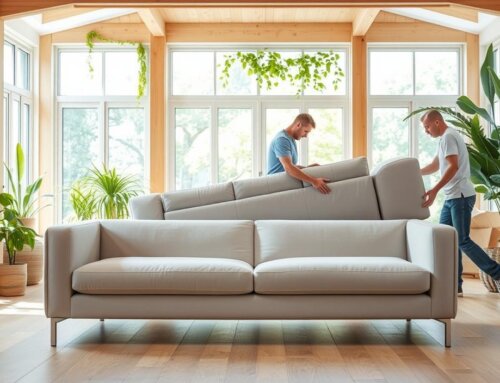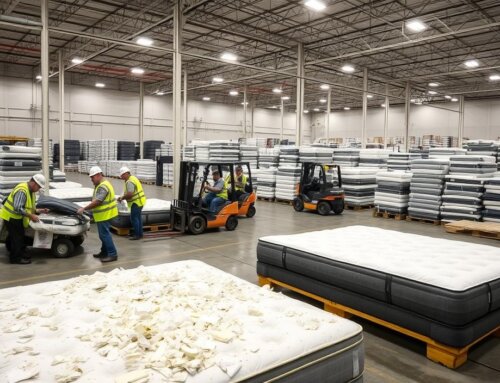In the heart of London, a new kind of luxury is emerging—one defined not by sleek perfection but by reclaimed beauty and sustainable living. The trend of industrial chic London style is transforming how locals furnish and decorate their homes. Through salvaged materials, vintage factory finds, and upcycled decor, residents are turning the old into the extraordinary.
Key Takeaways
- Industrial chic is reshaping modern London interiors through salvaged design.
- Reclaimed materials bring authenticity and sustainability into homes.
- London’s industrial past is being revived in lofts, flats, and townhouses.
- DIY salvage projects allow homeowners to personalise and reduce waste.
- Services like architectural salvage suppliers make unique pieces accessible.
A New Era of Salvaged Style in London
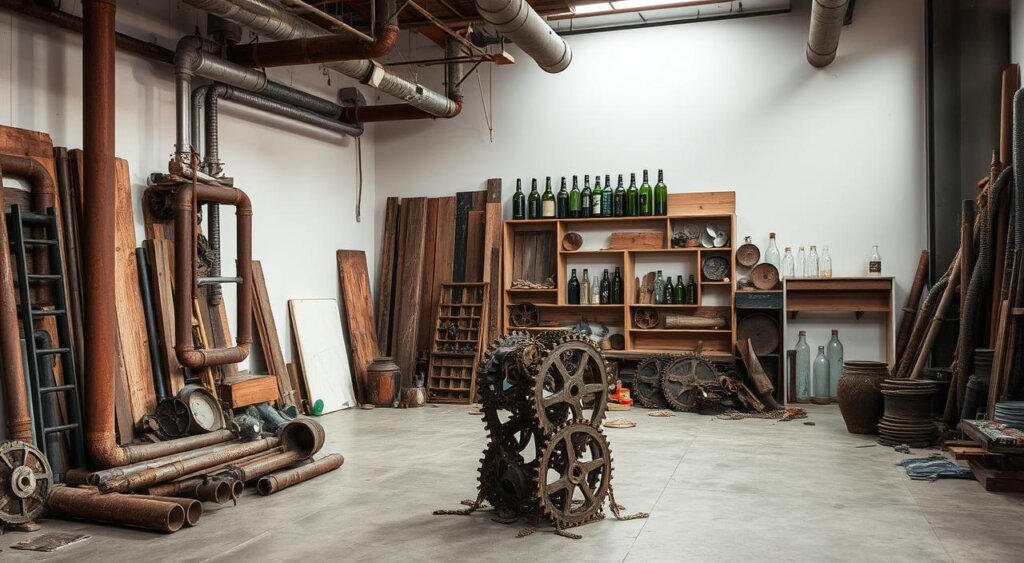
The charm of worn textures, rusted metals, and reclaimed wood has taken over Pinterest boards and design showrooms alike. But in London homes, this isn’t just a design trend—it’s a movement. The aesthetic we now call industrial chic marries rugged function with modern elegance.
Rooted in repurposing old materials and vintage factory fixtures, this style is a rebellion against throwaway culture. It celebrates the imperfections of age and the stories embedded in each object.
From Factories to Flats: London’s Industrial Influence
London’s architectural and manufacturing history provides an incredible resource for decorators and DIY enthusiasts alike. Old mills, warehouses, and Victorian-era buildings have yielded a treasure trove of design materials: from iron beams and hardwood flooring to industrial lighting and antique bricks.
These pieces aren’t just decoration—they’re pieces of London’s past. When incorporated into modern spaces, they add history and depth to otherwise minimalist designs.
Table 1: Commonly Reclaimed Materials and Their Uses
| Material | Original Use | Modern Repurpose |
|---|---|---|
| Cast Iron Gates | Factory fencing | Indoor room dividers or headboards |
| Reclaimed Wood | Warehouse shelving | Flooring, wall panels, furniture |
| Industrial Lamps | Workshop lighting | Statement kitchen or loft lighting |
| Victorian Brick | Industrial buildings | Exposed feature walls |
Why Industrial Chic Appeals to Londoners
Sustainability Meets Sophistication
Eco-consciousness is a driving force behind the rise of salvage design. In a city that produces over 7 million tonnes of waste per year, using reclaimed decor is both a style choice and a sustainability statement. By buying salvaged rather than new, Londoners reduce demand for virgin materials and help conserve historic artefacts.
ReLondon is one of many organisations promoting sustainable design practices in the capital, encouraging creative reuse and zero-waste principles.
You can also support eco-conscious interiors through eco-friendly mattress removal in London.
Individuality Over Mass Production
In an era dominated by mass-produced furniture, salvaged items provide rare, character-filled alternatives. Each reclaimed piece offers a unique narrative—one that can’t be replicated by chain retailers. Whether it’s an old workbench-turned-kitchen-island or a brass lamp from a long-closed railway station, these items spark curiosity and conversation.
Salvaged Decor Ideas for Every London Home
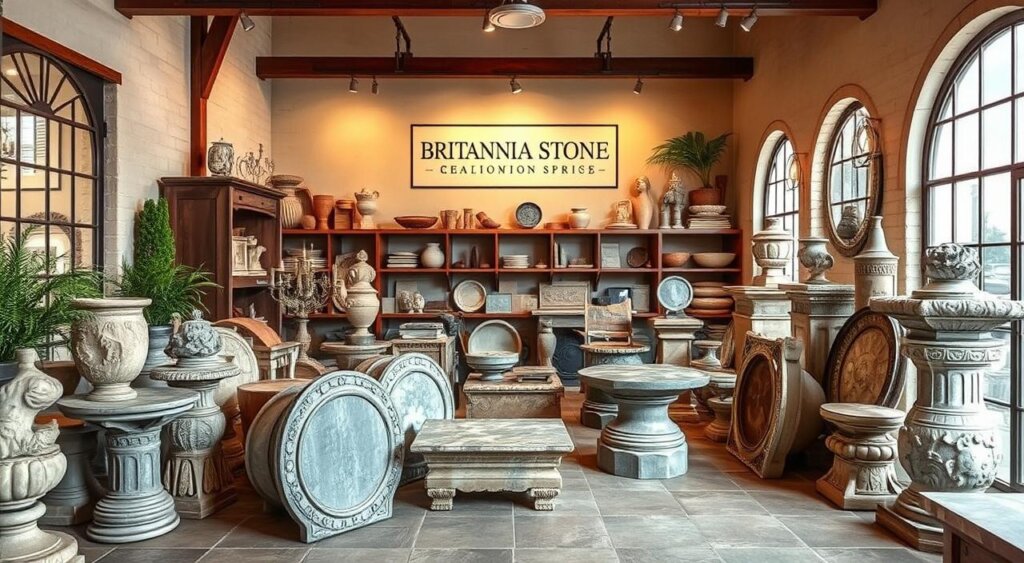
Victorian Terraced Houses
London’s historic homes blend beautifully with reclaimed design. In Victorian properties, consider using antique mantelpieces, restored cornicing, or salvaged hardwood floors. Industrial lighting adds a contemporary twist without compromising the home’s heritage.
Modern Flats and Lofts
For modern London flats, a touch of salvage adds warmth and contrast. Feature walls made from reclaimed brick or timber create texture in minimalist spaces. An old iron gate can serve as a dramatic room divider or hanging frame for plants.
Urban Gardens and Outdoor Spaces
Salvage isn’t just for indoors. Small London gardens can be elevated with reclaimed stone, vintage garden urns, or salvaged wrought iron fencing. Consider getting rid of bulky items sustainably to make space for reuse-friendly features.
Table 2: Salvaged Decor by Property Type
| Property Type | Recommended Salvage Elements | Design Benefit |
|---|---|---|
| Victorian Terraces | Fireplace mantels, hardwood floors | Heritage preservation, warmth |
| Flats/Lofts | Industrial lights, wood feature walls | Urban edge, contrast to modern materials |
| Outdoor Areas | Stone planters, iron trellises | Cohesive historic charm in garden design |
Popular Reclaimed Items in London Decor
- Architectural Salvage: Doors, arches, mantels, and columns sourced from demolished properties or churches.
- Vintage Lighting: Factory pendants, ship lights, and gas lamp conversions.
- Reclaimed Timber: Ideal for furniture, wall treatments, or flooring.
- Metal Fixtures: Pipes, bed frames, and old gears repurposed as decor or structure.
- Victorian Garden Ornaments: Stone urns and fountains that offer instant classical flair.
One standout source is LASSCO, the London Architectural Salvage and Supply Co., known for its extensive inventory of architectural relics.
DIY Projects Using Salvaged Junk
Londoners have embraced the hands-on approach to home styling. Salvaged DIY allows for unique creations and promotes low-impact living.
Project 1: Bed Spring Candle Holders
Turn old mattress springs into rustic candle holders. Mount them on reclaimed wood for a stylish wall sconce effect.
Project 2: Bottle Cap Backsplash
Gather bottle caps from your local pubs and restaurants and arrange them into a mosaic-style backsplash. Seal with epoxy for a bold, textured look.
Project 3: Pallet Coffee Table
Old shipping pallets can be transformed into coffee tables with industrial wheels, giving your living room a warehouse feel.
Where to Find Decorative Salvage in London
Online and In-Person Sources
- LASSCO – Architectural and industrial antiques.
- Retrouvius – Upmarket reclaimed materials for interior design.
- eBay UK Reclaimed Section – Great for smaller items or project pieces.
- JunkBunk.co.uk – Useful for clearance and junk removal if you’re sourcing locally.
Restoring and Repurposing with Care
While many salvaged items are ready to use, others may require cleaning, sanding, or minor repairs. Be mindful of materials—especially older paints that may contain lead—and always check the structural integrity of large architectural pieces before installing them.
Companies like Retrouvius and The Architectural Forum offer restoration services to help refurbish salvaged materials safely.
Nationwide Delivery and Accessibility
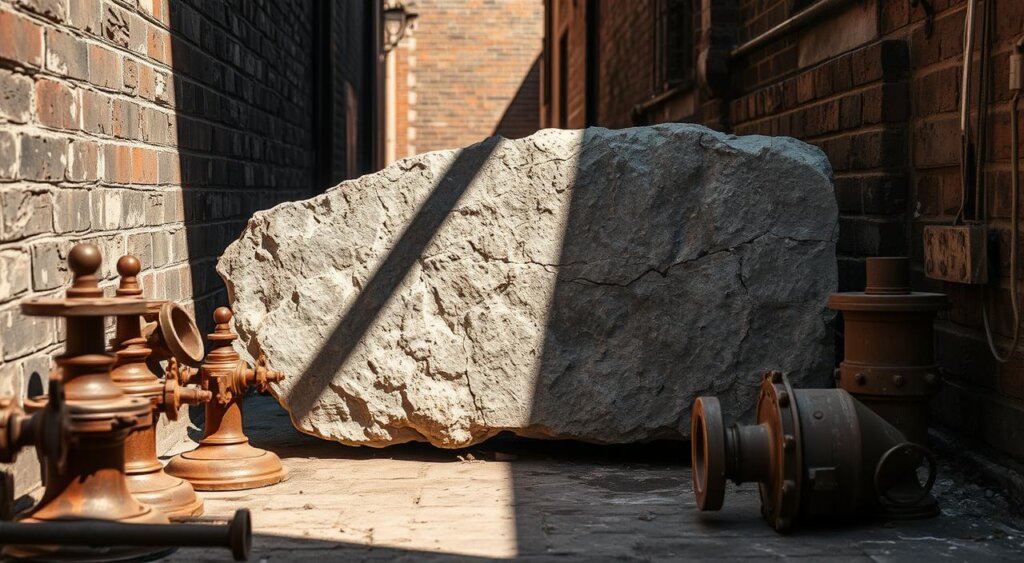
One major evolution in the industrial chic London movement is accessibility. You no longer have to live near a salvage yard to source beautiful materials. Many businesses now offer nationwide delivery for heavy or oversized items. This has allowed the movement to spread beyond designers to everyday homeowners.
Conclusion: Embrace the Beauty of the Past
Industrial chic in London is more than just a design trend—it’s a celebration of history, sustainability, and self-expression. By incorporating salvaged elements, Londoners are crafting homes that are both beautiful and meaningful.
Whether you’re renovating a period property, decorating a flat, or transforming a garden, reclaimed materials provide timeless appeal and a lower environmental impact. As the appetite for sustainable living grows, the junk aesthetic continues to evolve into something truly iconic.

